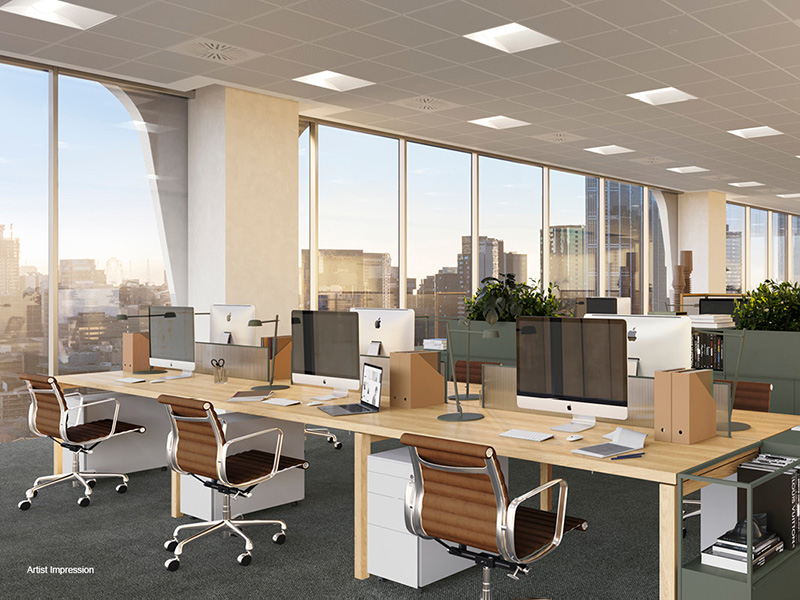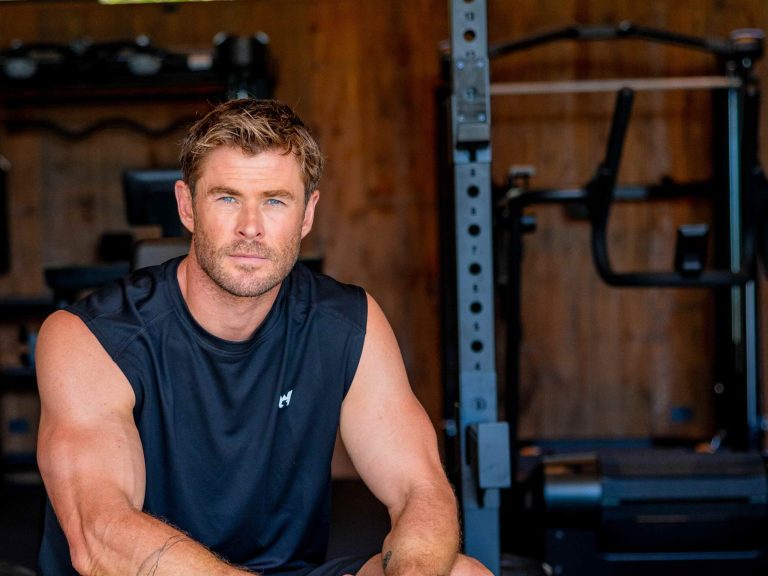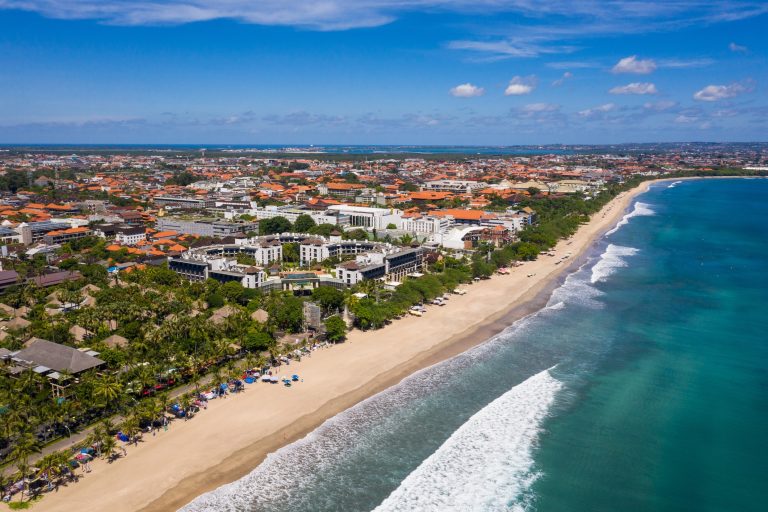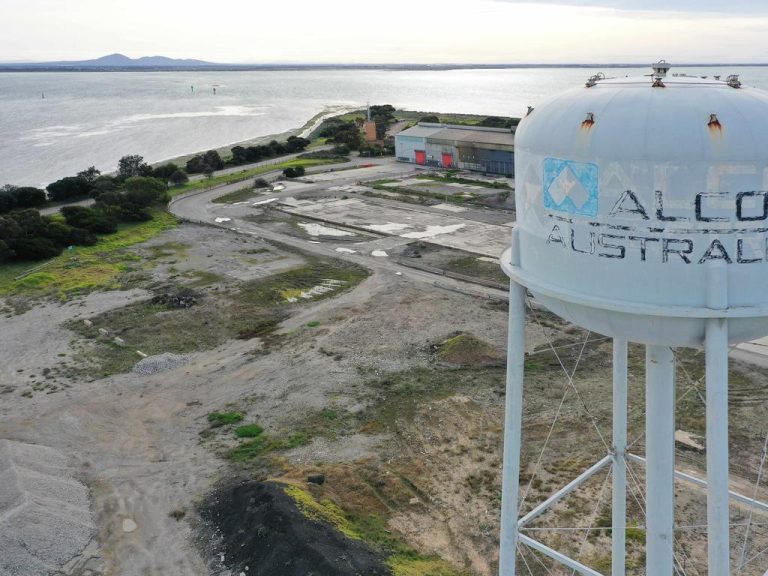Cities need to embrace new strategies if they’re going to recover

Most of the conversation around reviving our cities has so far focused on getting workers back to the office. But while many of the changes we’ve experienced throughout the pandemic are temporary, the way we work has changed forever.
There have been growing calls from business and industry advocates to force workers to return to the office. It’s not hard to see why. According to Property Council Victoria Executive Director Danni Hunter, each office worker supports another five CBD jobs.
The issue is not only that forcing office workers back more often than they’d like is just fighting the tide, it’s a poor long-term solution for revitalising our cities.
Few workers willing to return five days per week
Since the pandemic-driven surge in remote working began, countless surveys have been conducted to understand how employees feel about the office. Both in Australia and globally, the results have been remarkably consistent.
About half of workers see two to three days in the office as optimal, while a quarter would like to be fully remote. Around just one in four want to return full time.
Even if businesses would prefer their workers to return to the office full time, many recognise that to enforce this would risk increased attrition, particularly in the midst of the Great Resignation and low unemployment.
City recovery funds don’t tackle the underlying issue
The problem for cities is that, even if the average office worker was to return three days per week, that’s still significantly less foot traffic compared to pre-COVID.
State governments have already allocated hundreds of millions of dollars to bring people back to cities, but most of these funds provide band-aid solutions that don’t tackle this issue.
The Victorian Government, for example, has set aside $7.4 million as part of their Melbourne City Revitalisation Fund for vouchers to entice people to support city cafes and restaurants.
While immediate support for hard hit businesses is important, vouchers are not a long-term solution.
If governments want to support the recovery of cities, a better solution could be to rethink their development strategies and provide incentives that target those industries where in person work is required.
Education is an important driver of foot traffic
An increasingly important question to ask is: What is the expected contribution to foot traffic per square metre of commercial space leased?

Higher education is a driver of foot traffic, so should governments offer incentives to universities for CBD campuses? Picture: Getty
Before the pandemic, traditional office occupying industries typically leased between 12-20 square metres per employee. In contrast, the education sector occupies around 7 square metres per person.
The nature of in-person tertiary, adult and community education also ensures a steady stream of different people coming and going throughout the day.
However, a challenge for the education sector when looking for space, is that they can only occupy buildings that are Class 9B.
To increase the presence of education in our cities, governments could support the development and conversion of Class 9B buildings and provide incentives to education businesses to locate in CBDs.
Providing incentives to schools and universities to invest in or relocate to city campuses would undoubtedly increase foot traffic and support surrounding businesses.
Creating health and knowledge hubs
The healthcare and social assistance sector saw more employment growth than any other industry over the last ten years, a trend that is predicted to continue. What’s more, many of these jobs must be done in person.

In Boston some office spaces have been converted into labs which require more in-person work. Picture: Getty
A related area of growth is medical and scientific research, which has resulted in significant growth in demand for laboratory space.
As of January 2022, 11% of the nation’s CBD office space lay vacant according to Property Council of Australia data, a rate that’s significantly higher in the secondary grade market. An opportunity could exist to convert some of this lower grade office space into labs.
This has been a growing trend in the United States. In Boston alone, around 325,000 square metres of office space was converted over the last five years, with a further 790,000 square metres in the pipeline.
For those operating in medical research, there are synergies from being located close by healthcare precincts and research institutions like universities. Currently, hospitals and universities exist in or near every Australian capital city, making these prime locations to further develop life science hubs.







